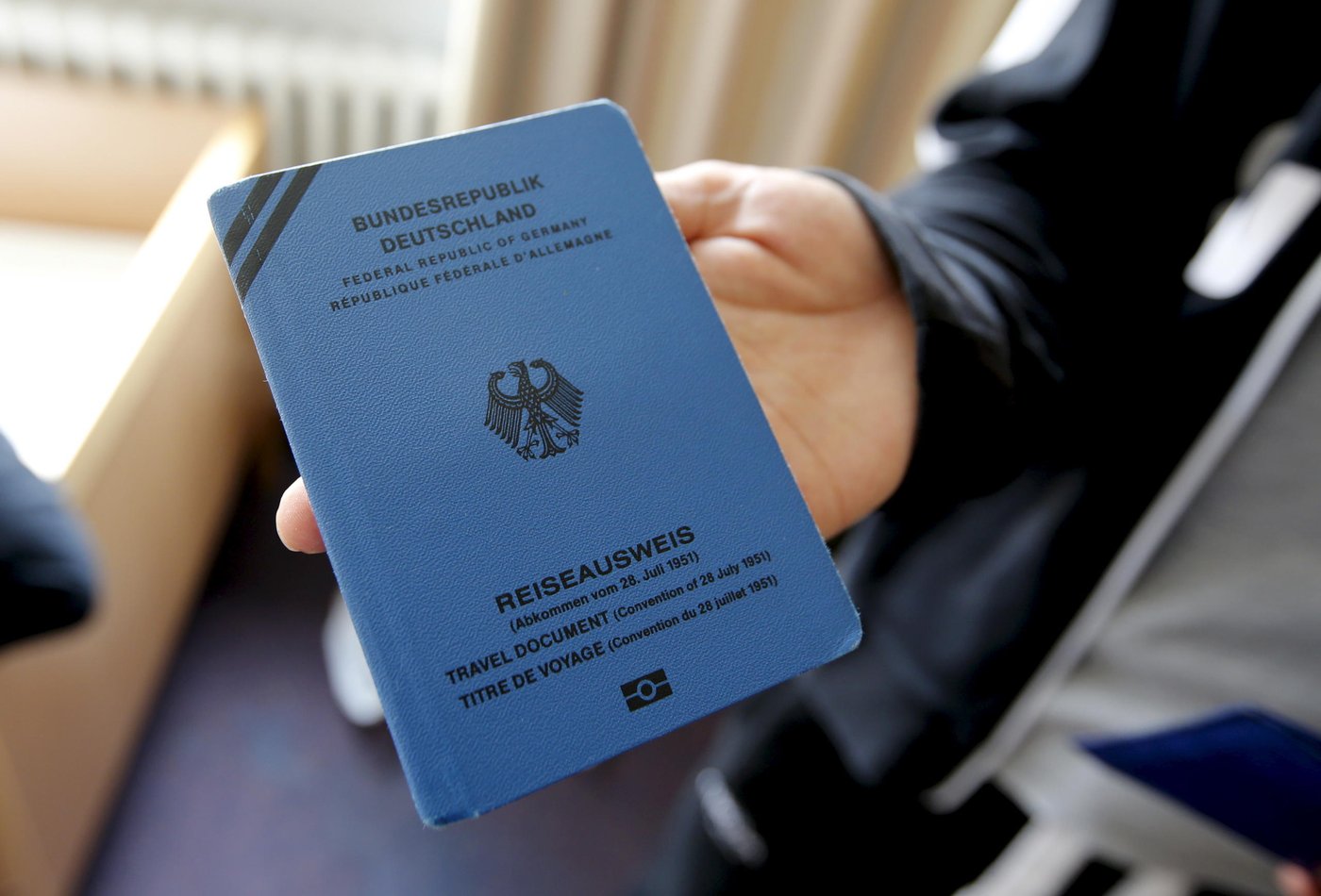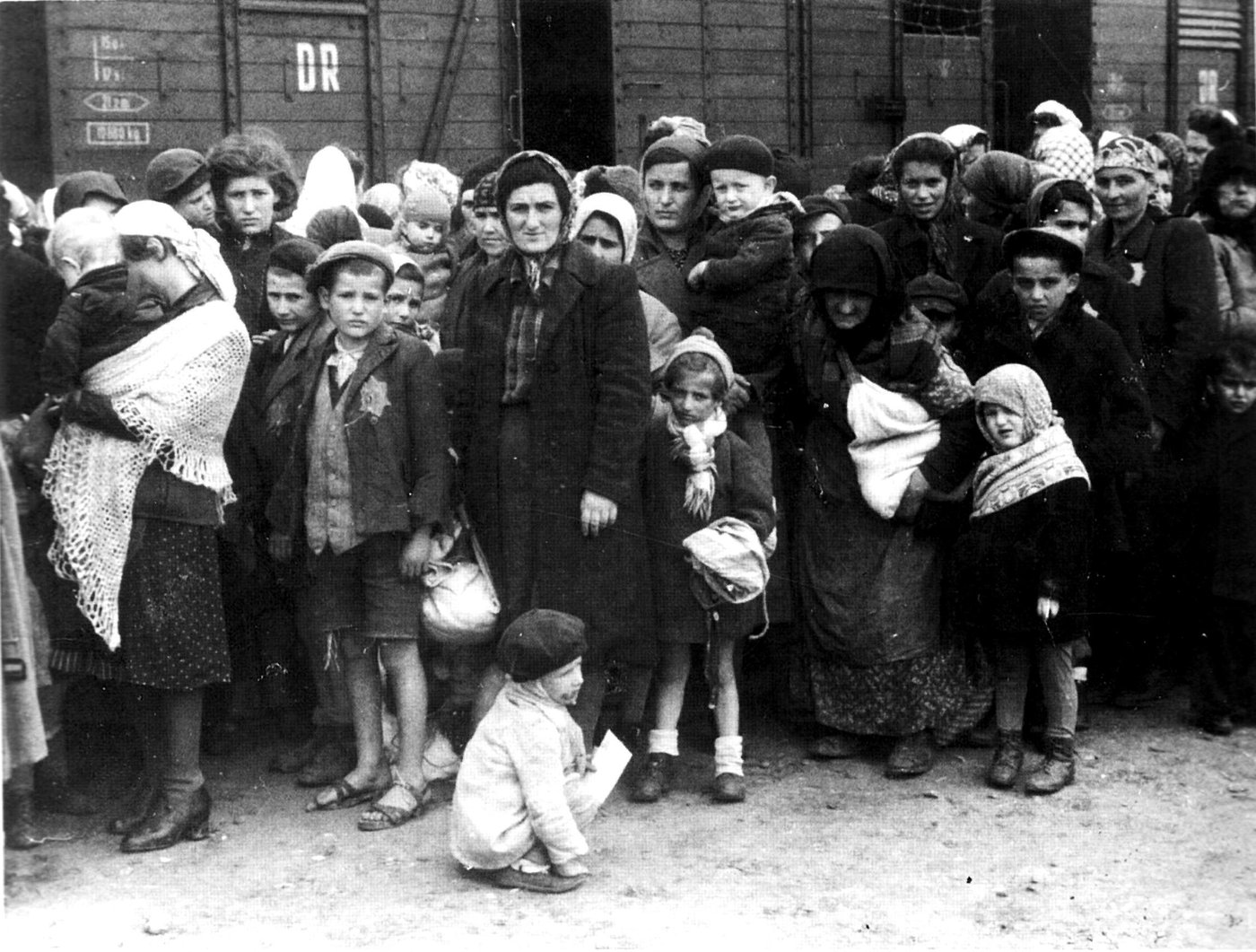The UN Refugee Convention has remained unchanged, aside from the additional Protocol of 1967, and has had broad political support since it was drafted and adopted in the wake of World War Two. The Convention was adopted by the UN General Assembly on 28 July 1951, but did not come into force until 22 April 1954.
However, the growing number of refugees and migrants has led several European heads of state and politicians to question whether the Refugee Convention has become outdated. Some politicians have even argued that countries should collectively withdraw from the Convention. But the debate over scrapping the Refugee Convention is often marked by an ignorance of history and a lack of knowledge.
The Refugee Convention provides opportunities to find solutions for displaced people, within existing frameworks. However, there is a need for binding international cooperation in specific areas not currently covered by the Refugee Convention – especially with regard to the division of responsibilities.
Here are 10 things you should know about the Refugee Convention:

#1: Jewish persecution and the refugee crisis in Europe after World War Two revealed an urgent need for international agreements to protect displaced people.
Work on the UN Refugee Convention began after World War Two, with the aim of solving the refugee problems the world was facing at that time. The Convention was limited to persecution related to political events that had taken place in Europe before 1951. The Refugee Convention was adopted by the UN General Assembly on 28 July 1951, and it entered into force on 22 April 1954.
#2: More people needed to be protected by the Refugee Convention.
In the wake of the Cold War and the national liberation wars in Africa and Asia, new refugee crises arose. In 1967, an additional Protocol to the Refugee Convention was adopted, which stated that the rules of the Convention apply to everyone – regardless of when they fled or where they fled from.
Today, 142 countries have adopted both the Refugee Convention and the additional Protocol.
#3: The additional Protocol of 1967 paved the way for several regional refugee conventions.
The additional Protocol of 1967 allowed for events in Africa, Latin America and Asia to also form the basis for refugee status. In the following years, several regional refugee conventions were drawn up, such as the Cartagena Declaration in Latin America and the African Refugee Convention.
The African Refugee Convention (OAU Convention) of 10 September 1969 expanded the definition of refugees to cover anyone who is forced to leave their homeland due to human actions such as political unrest, civil war, invasion, etc. – even if they cannot prove individual reasons why they are being persecuted.
#4: The Refugee Convention is based on two main principles:
- It assumes that all people have the right to seek protection in another country.
- It also states that refugees cannot be returned to a country or area where they will be persecuted or where their life or health will be placed at risk.
The latter is a core principle of the Convention and is called “non-refoulement” (or Article 33). For Europe, this principle is further strengthened in the European Convention on Human Rights.
#5: The Refugee Convention defines who is considered a refugee.
- A refugee must be outside their home country.
- There must be a well-founded fear of persecution.
- This persecution must be linked to one or more of the following criteria: race, religion, nationality, membership of a particular social group, or political opinion.
- It must be the case that the authorities in their home country cannot or will not provide protection.
#6: Many people fall through the cracks.
The Refugee Convention requires that a person must cross an internationally recognised border in order to be called a refugee. This means that many who are fleeing war and conflict today are not protected by the Convention.
For example, Palestinian refugees receiving protection from the United Nations Relief and Works Agency (UNRWA) are not protected by the Refugee Convention.
#7: A number of states have not ratified the agreement.
To ratify an agreement means that a state approves it under international law and undertakes to comply with it. Many of the countries in the world that receive the most refugees have neither signed nor ratified the 1951 Refugee Convention. This applies to countries such as Pakistan, Bangladesh and Lebanon, for example.
#8: The Refugee Convention does not oblige states to accept refugees.
The Refugee Convention does not oblige states to accept refugees, but helps them to define who is to be considered a refugee. Therefore, it is up to each individual state to assess whether an asylum seeker falls within the definition in the Refugee Convention and is thus entitled to protection.
Today, different states interpret the rules of the Refugee Convention in different ways. However, the non-refoulement principle is absolute and is enshrined in other conventions as well. It is also considered customary under international law, which means that it applies to countries that have not ratified the Refugee Convention.
#9: The Convention creates political divisions.
Refugee protection is a highly politicised issue, and several states are now openly questioning whether the Refugee Convention is still relevant. Often, these are countries that do not want to accept asylum seekers.
For example, in 2018, the Australian Minister for Home Affairs stated that “like-minded” states should come together and rethink the Refugee Convention. He believed that it was outdated and did not take into account the current situation.
However, for decades, the Refugee Convention has been a vital tool in ensuring that refugees receive protection. And the Convention does not prevent regions or groups of countries from adopting new ways of organising the protection of refugees. The European Dublin Regulation is one such example.
#10: There is no possibility of sanctions or demands for division of responsibilities.
The Refugee Convention is as important today as when it was adopted. However, it is a challenge that there is no court or similar body that can ensure that states comply with their obligations under the Convention. There is also a need for greater willingness to share the responsibility of providing protection to millions of displaced people, since a small number of countries currently take responsibility for most of the world’s refugees.
The preface to the Refugee Convention states that international cooperation and burden-sharing are crucial in order for refugees to receive adequate protection. However, it does not oblige states to accept resettlement refugees or relieve those countries that have received many refugees. Therefore, it is crucial that international agreements are developed to address this. The UN-led Global Compact on Refugees was a first important step, but much remains to be done.


